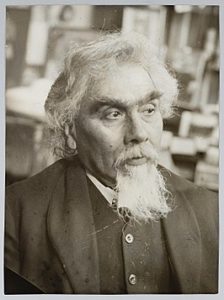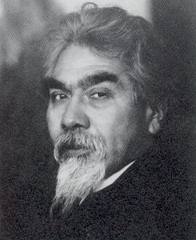
1858 - 1928
Johannes Toorop
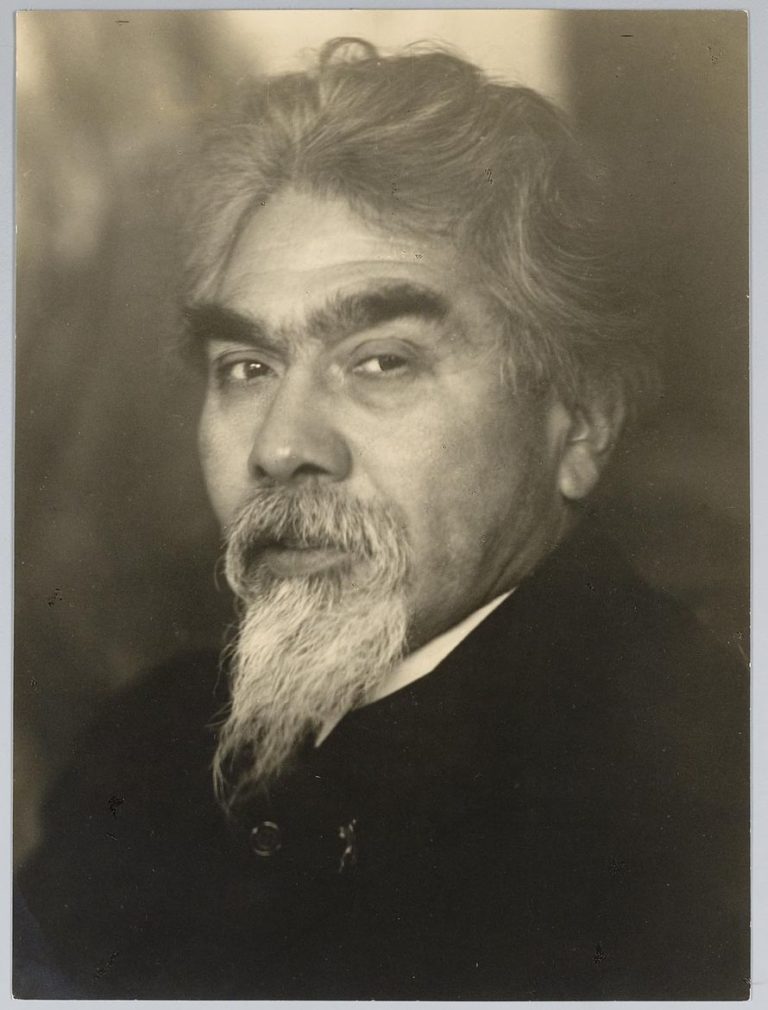
description
A Dutch painter, graphic artist, master of stained glass, ceramist and illustrator.
He was born into an Indonesian-Dutch family. The artist’s father was an island resident, and his mother was a British subject.
Jan Theodor Toorop was the largest representative of Symbolism in Dutch painting, who worked in a variety of art styles and techniques. The influence of Jan Toorop on the development of European avant-garde painting is difficult to overestimate. The artist left a bright mark on the art of England, Holland and Belgium, where he periodically lived, communicated with the most outstanding figures of art and was in various art associations. The author’s unique style is a mixture of Symbolism with a Modernist presentation and mysterious Indonesian motifs, which impressed his contemporaries and had a large number of followers around the world.
Key ideas:
– The multifaceted personality of Jan Toorop showed itself in several styles and art movements, ranging from Academic Realism, Impressionism and pointillism, to complex Symbolism and Art Nouveau. The artist was an experimenter by nature, he easily perceived all new ideas in painting and combined them into his own elegant style. The most characteristic works of Toorop are created in a Symbolist vein, with deep images bearing a secret meaning, addressed to the distant past and the subconscious human desires.
– The specialty of the author is the use of Indonesian stylistics, which was familiar to the artist since childhood, as he was born and raised on the island of Java. The sinuous lines, the vertical directivity of the canvases, the ascetic faces with sharpened features and the sensation of the mystical presence of otherworldly powers are the main features of the Symbolist works of the painter.
– In addition to paintings in the style of symbolism, Jan Toorop created a large number of Realist and Impressionist portraits, landscapes with the use of pointillism techniques and Art Nouveau works, which are basically illustrations, book covers and posters.
– The artist was engaged in decorative art and several times received from the Catholic Church orders for the manufacturing of stained glass and paintings, which clearly manifested his talent as a designer. After accepting the Catholic faith, he turned to Christian symbols, and religious motives appeared in the works of the artist. The works of Jan Toorop impress with the quality of their execution, they are exotic and decorative, and they are distinguished by their original refined aesthetics.
1858
1869
1882
1886
1892
1895
1898
1905
1916
1928
The birth of the artist
The family moved to the Netherlands
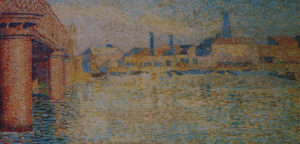
Entered the Academy of Fine Arts in Brussels
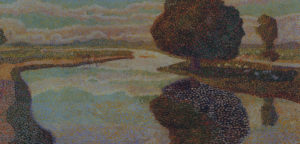
Moved to England
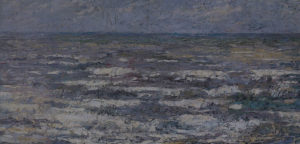
The first solo exhibition of the artist
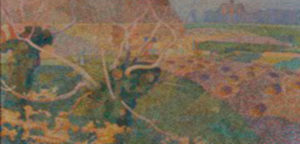
Started working in engraving technique
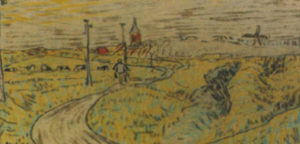
Became a worldwide recognized artist
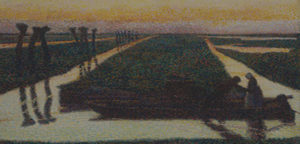
The artist moved with his daughter to Catholicism
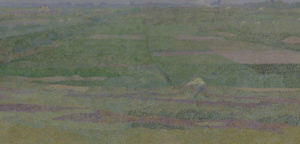
Started a large project for the Catholic Church of St. Bernulph in Osterbeck
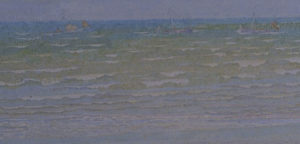
The death
